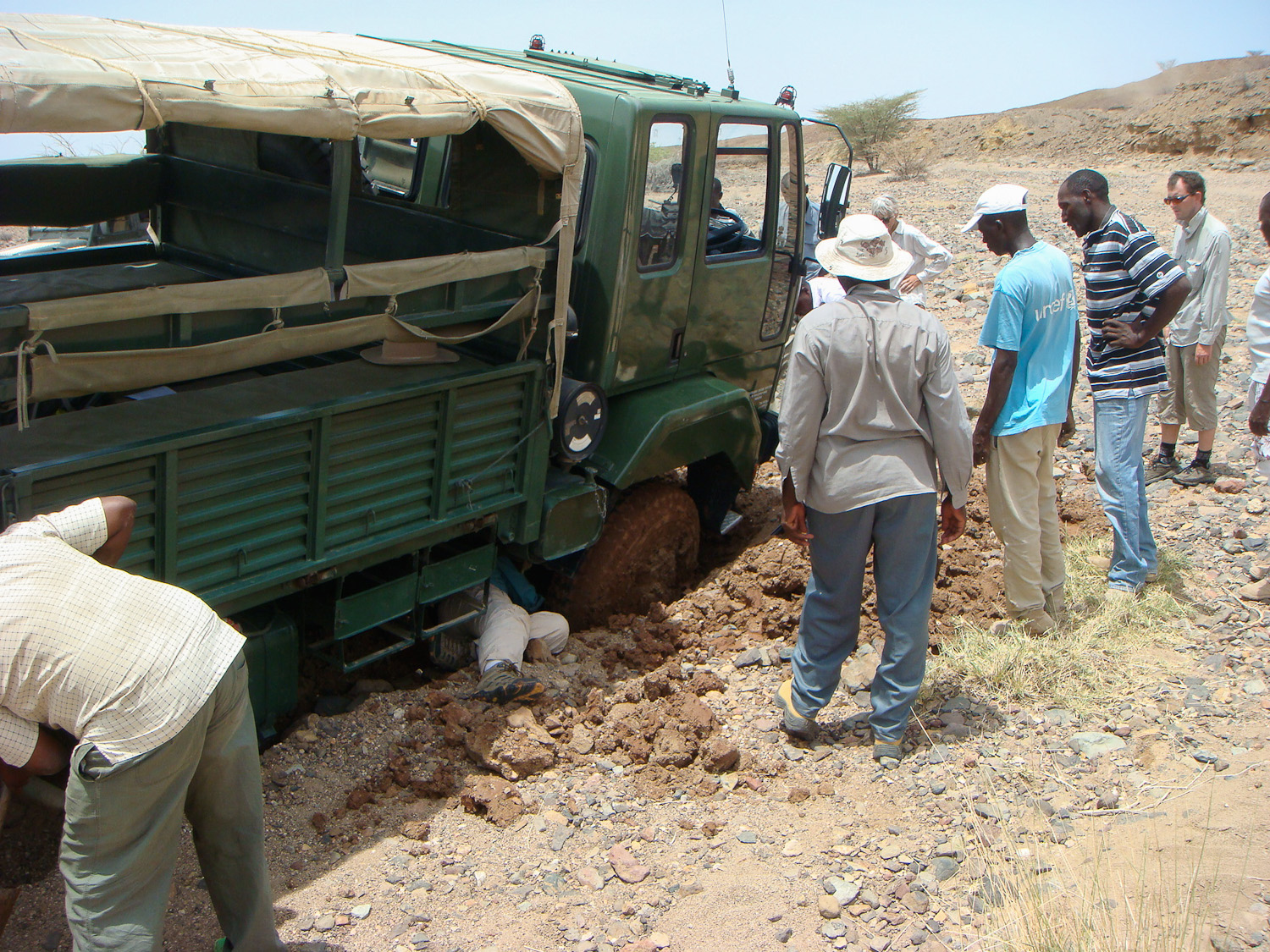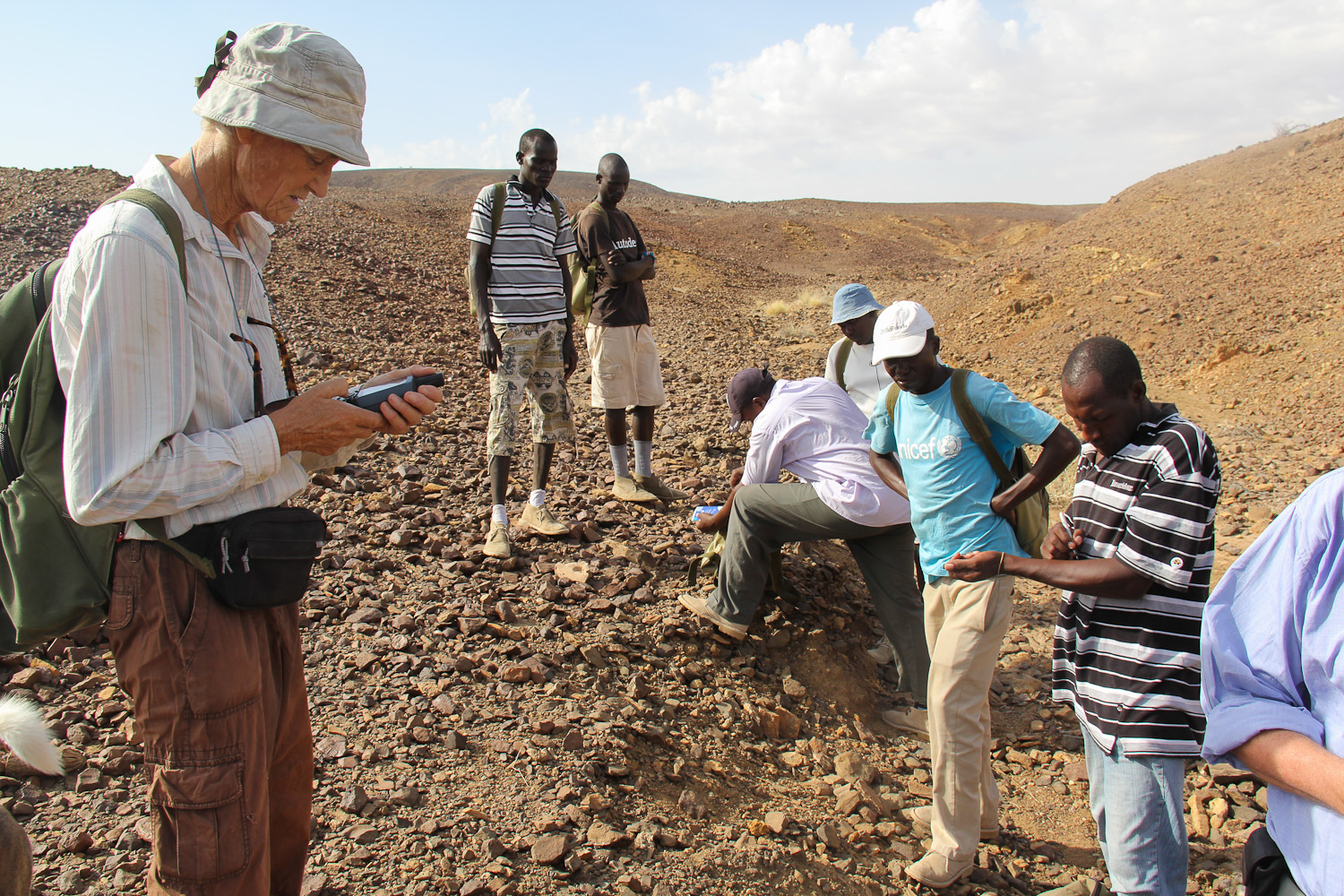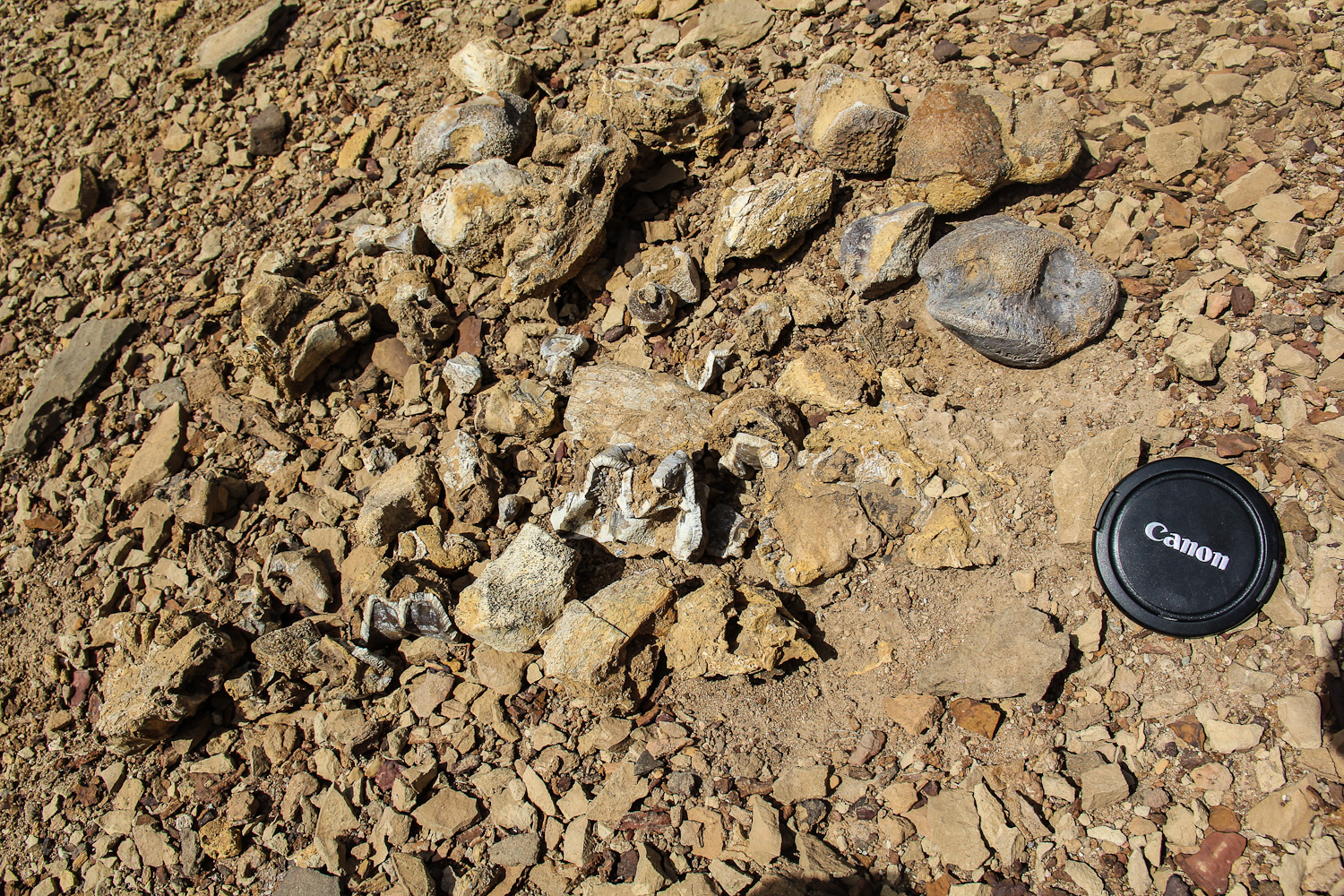

Searching for the last common ancestor
The geological period of the Miocene, from 23 to 5.3 million years ago, represented a brief respite in the general cooling trend of the last 34 million years. The African continent collided with Eurasia in the Turkish-Arabian region. The Mediterranean Sea completely dried out from the resulting mountain building and fall in sea levels. The mid-Miocene Climatic Optimum saw the emergence of modern faunal families and the re-introduction of primates on the Eurasian landmasses. Indeed, the Miocene plays a prominent role in the evolution of the human branch of the Great Apes. The fossil record on early apes, however, is rather scant. Molecular evidence suggests that the human lineage split off at the end of the Miocene around 5 to 9 million years ago. Still unclear is which of the extinct apes, documented as fossils, is the last common ancestor of Homo (humans) and Pan (chimpanzees and bonobos). To try to find out, we surveyed a fossil-rich Miocene site near the Napudet hills.








